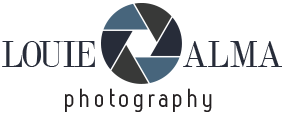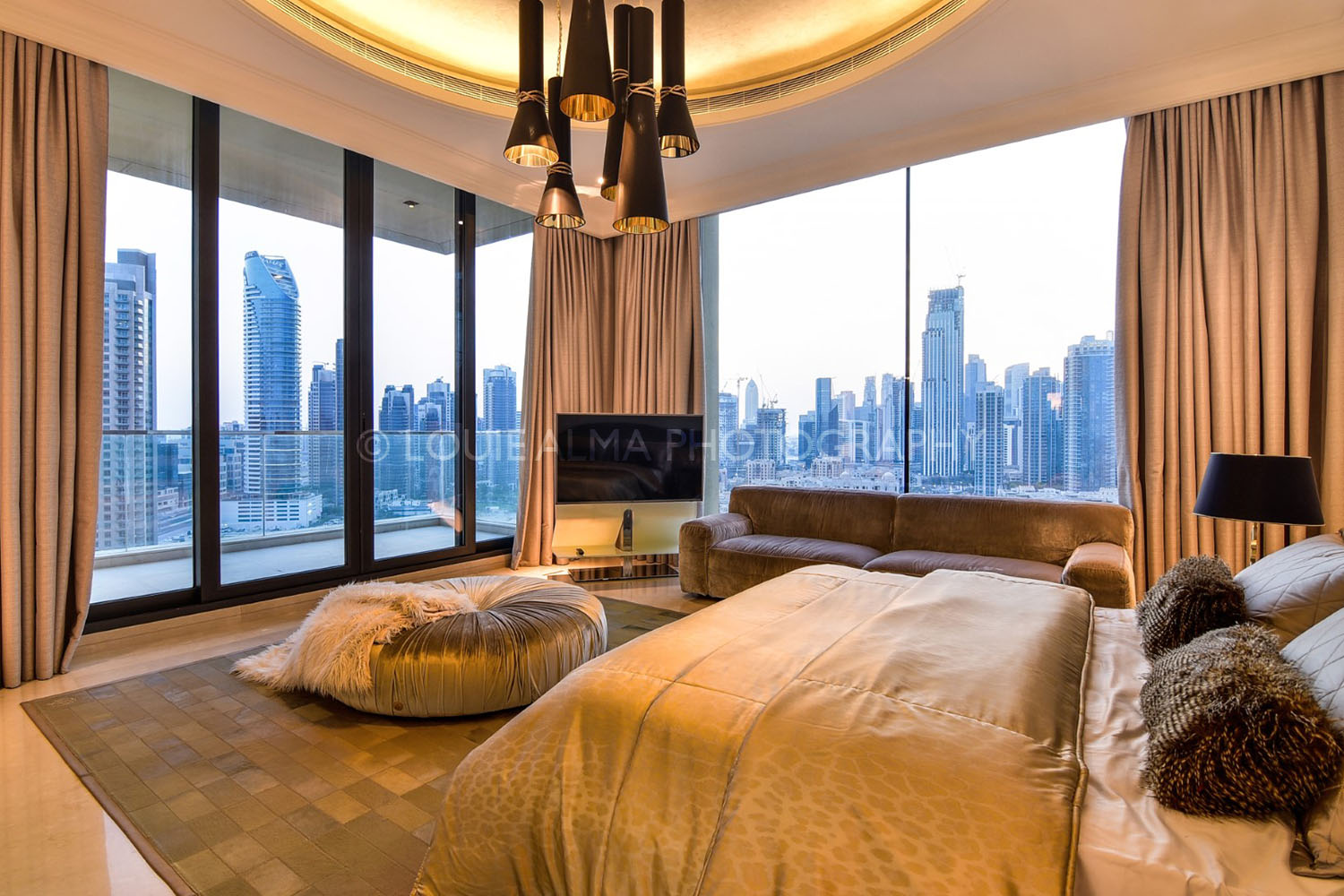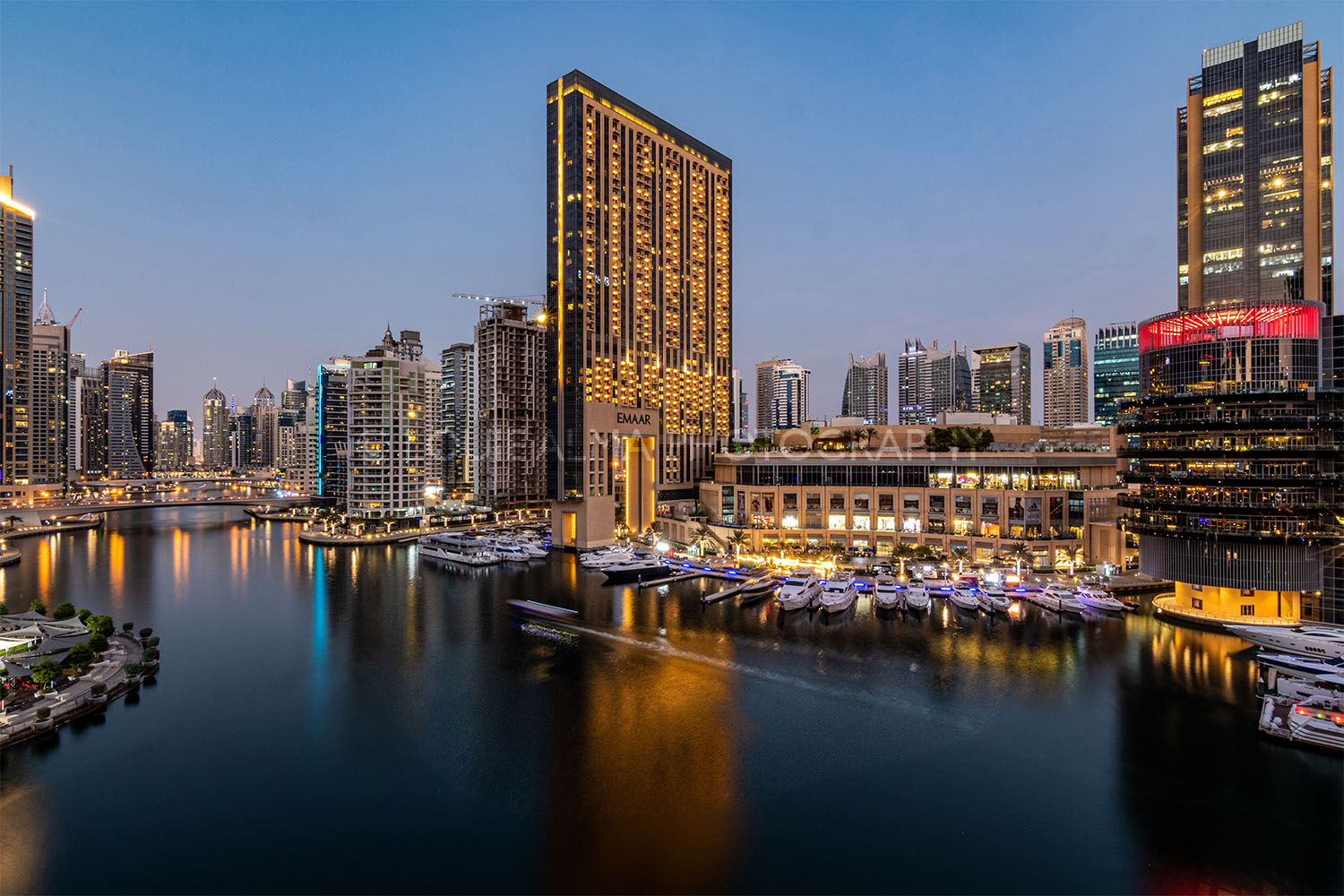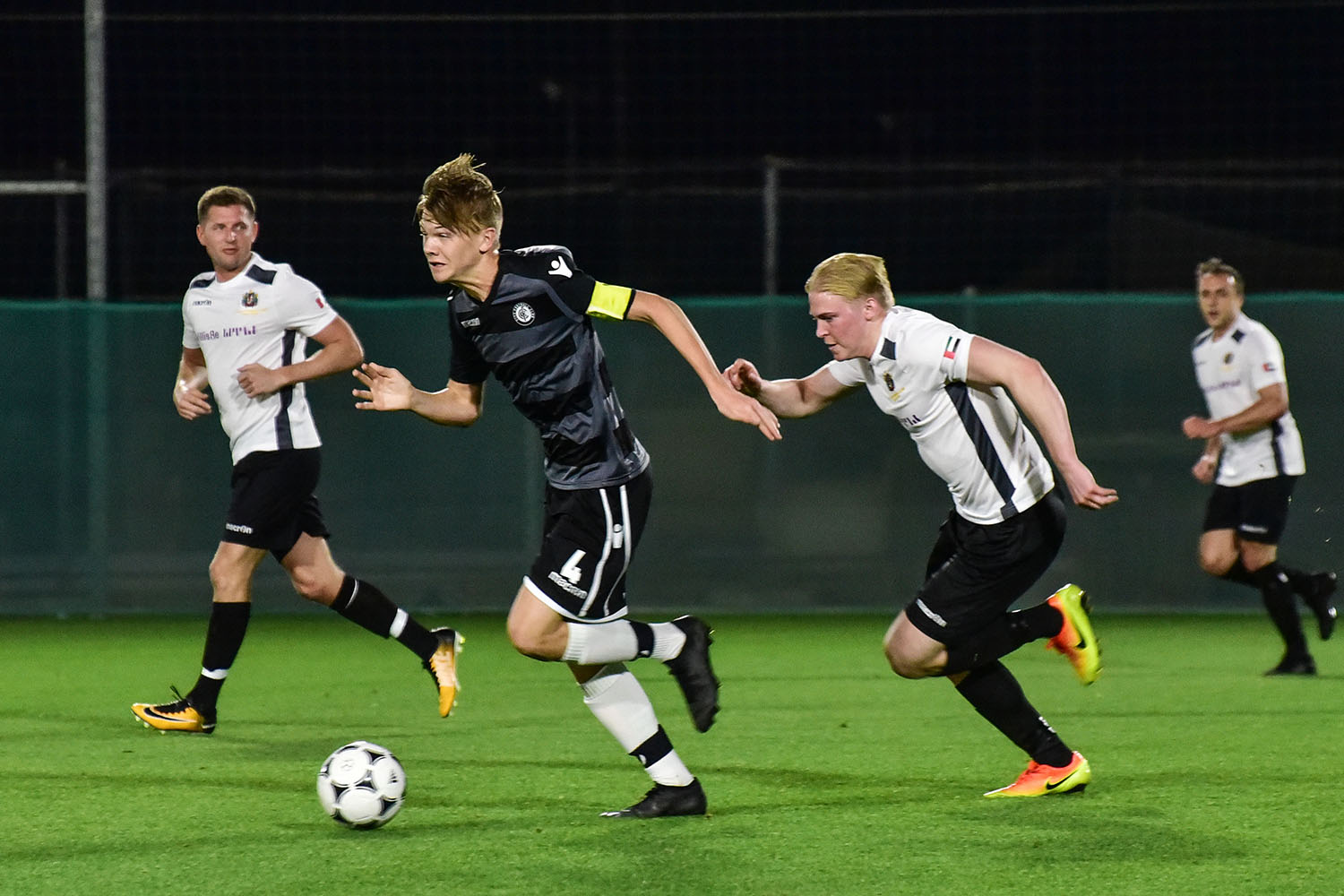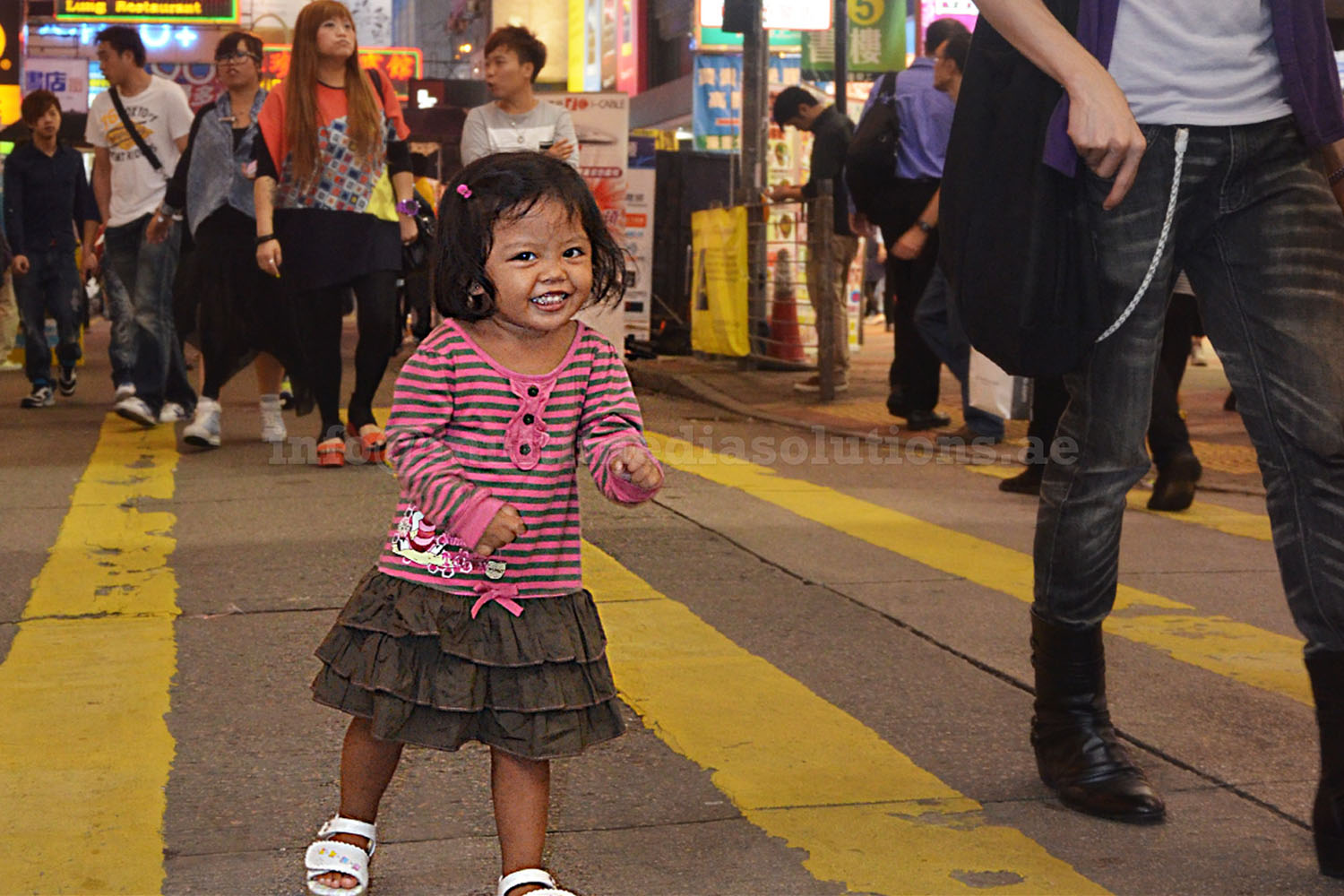Colorado boasts some of the most diverse and scenic terrain in North America that spans eight resorts. The Centennial State offers something for every type of skier, from powder hounds and adrenaline seekers to families and beginners.
With legendary resorts spread across towering peaks, Colorado’s slopes promise unforgettable experiences, whether you’re chasing spring snow, testing your skills on challenging runs or soaking up the charm of historic ski towns. With both Epic and Ikon passes going off sale soon, it’s your last chance to get the best value on your lift tickets for the season!
Best for Spring Skiing – Arapahoe Basin

Arapahoe Basin – the longest ski and ride season in Colorado
Celebrating its 79th season, Arapahoe Basin Ski Area will operate 7 days a week, and with the longest ski and ride season in Colorado, it is expected to run until June. The 1,428 acres are situated along the Continental Divide and feature seven distinct mountain areas that offer an adventurous, scenic experience. The resort provides skiing and riding from mid-mountain to the base, whilst the Black Mountain Express Lift will serve High Noon.
Best for Advanced Skiers – Aspen
Aspen Snowmass spans over 5,500 acres across four mountains, with roughly 65% of terrain rated advanced or expert. From the steep glades and mogul fields of Aspen Mountain to the iconic Highland Bowl’s hike-to terrain, it’s built for confident skiers. High-altitude powder, minimal lift lines, and well-maintained off-piste routes add to its appeal. With world-class skiing and a stylish après scene, it’s one of North America’s most legendary resorts.
Best to live out your cowboy fantasy – Steamboat
Originally a ranching town, Steamboat Ski Resort began on what was then called Storm Mountain and officially opened as a ski area in the early 1960s. The resort’s ski culture, however, traces back to Norwegian immigrant Carl Howelsen, who in the 1910s introduced ski jumping and winter recreation to the local cowboys, earning Steamboat its nickname “Ski Town USA.” Today, it is one of Colorado’s largest resorts with over 3,700 acres of skiable terrain and continues to celebrate its Western heritage with the legendary annual “Cowboy Downhill” event, where over 100 professional cowboys and cowgirls trade their boots for skis in a wild, one-of-a-kind race taking place in January 2026.
Best for families – Winter Park
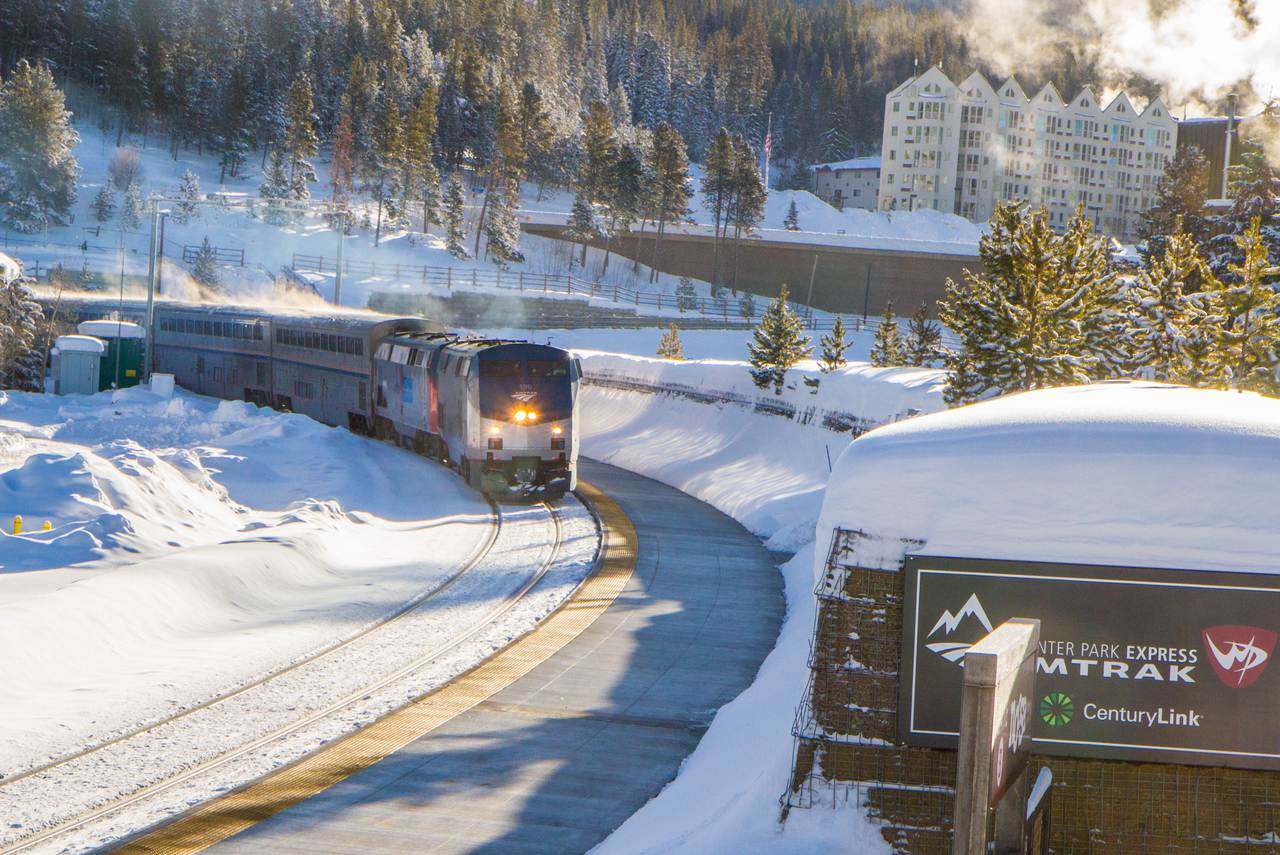
Winter Park Express Ski Train
For a seamless family ski holiday this season, leave the car behind and hop on the Winter Park Express, which now runs Thursday through Sunday from Denver’s Union Station directly to the resort, turning the journey into part of the experience as the train winds through the Rocky Mountains.
Once at the resort, parents will find upscale slopeside lodging with spacious suites, hot tubs and concierge support, while children can enjoy top-rated ski schools and gentle terrain ideal for building confidence. The resort’s proximity to Denver also makes it easy to combine the trip with a city break, giving families the chance to explore the Mile High City’s culture, dining, and attractions before or after hitting the slopes.
Best for luxury – Vail
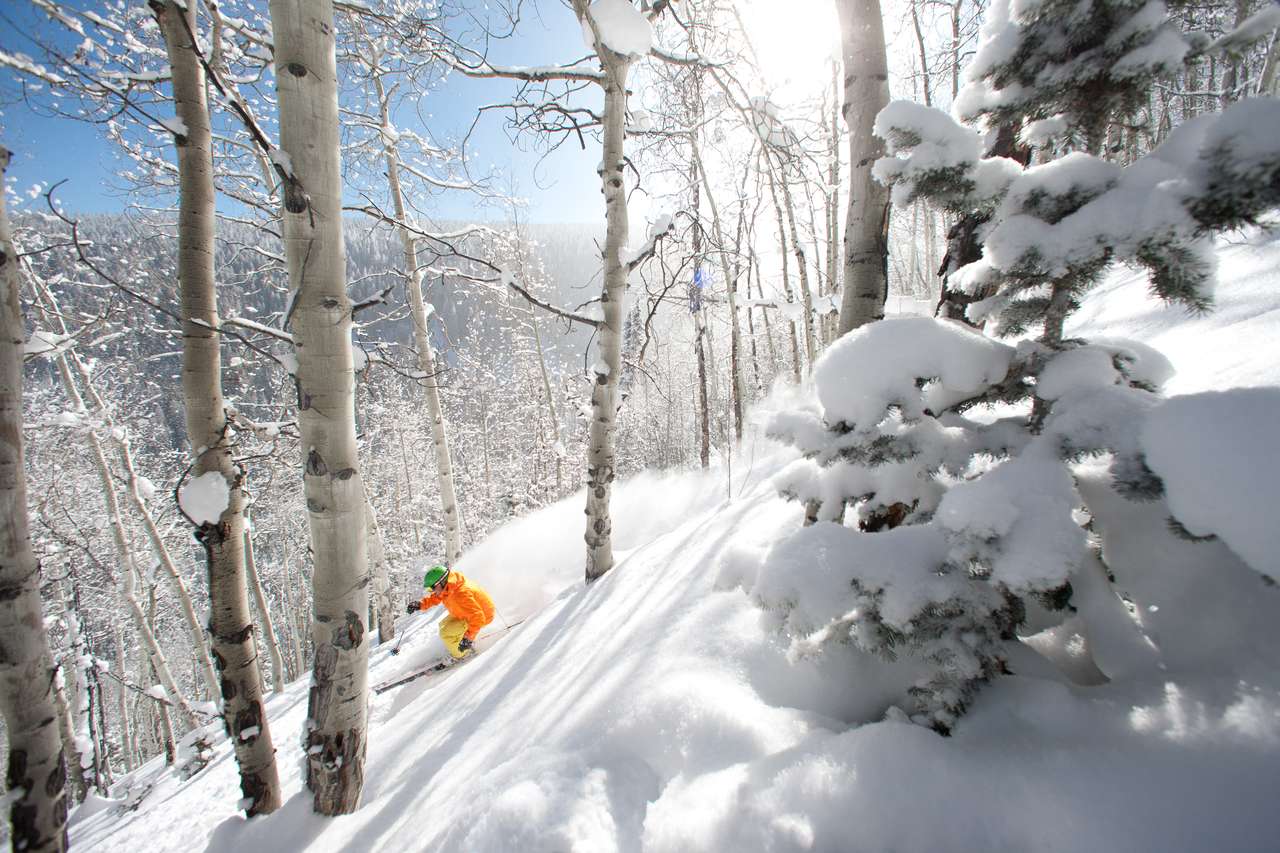
Vail Resorts c. Jack Affleck
Vail Ski Resort is widely considered to be one of the most luxurious and exclusive ski resorts in the United States. The resort is famous for its luxurious accommodations with a long list of high-end amenities that keep visitors relaxed during their trip, including fine dining restaurants, luxury spas and designer shopping outlets. Its ski area measures an impressive 5,289 acres and has 195 runs serviced by over 30 ski lifts. It’s also a great location for backcountry skiing and snowboarding with a vast 1,300 acres to explore.
Best for old school skiing – Silverton
Skiers tired of soulless, cookie-cutter resorts should head to Silverton for a true old-school experience. The rugged terrain and untamed surroundings reflect the area’s Wild West heritage. Clint Eastwood’s Butch Cassidy and the Sundance Kid was filmed nearby, giving you an idea of its rough-and-ready character. Silverton’s lift system is minimal – just a single, vintage double chair – yet it provides access to some of the highest and steepest lift-served terrain in North America, topping out at a breathtaking 4,111 meters. As the resort proudly notes, there’s “no easy way down,” but at the bottom, an old-fashioned bus whisks skiers back to the base, ready to tackle another run.
Best for families and beginners: Breckenridge

Breckenridge Skiers c. Breckenridge Tourism Office
Breckenridge is a family-friendly paradise, with gentle, wide runs at the base of Peak 9 that are perfect for little ones or first-time skiers. Nearby Peak 8 offers more easy pistes where kids can practice without feeling overwhelmed, while dedicated nursery areas with magic carpets and beginner-friendly chairlifts make learning safe and fun. The ski school simplifies everything with lesson, lift pass, and equipment packages, so parents don’t have to worry about logistics.
Best for Charm: Telluride
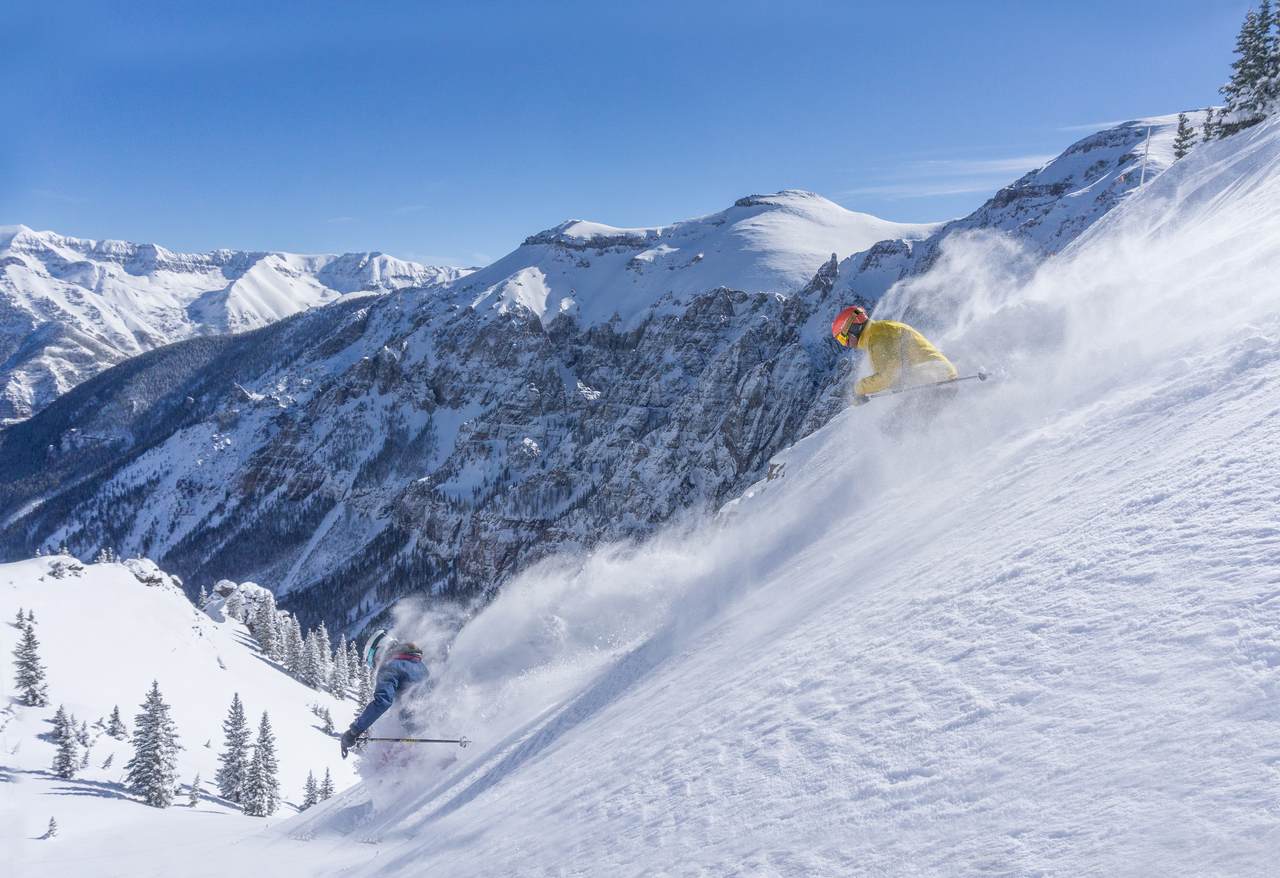
Telluride Winter c. Visit Telluride
Telluride combines world-class skiing with historic Old West charm. Nestled in a dramatic box canyon, the town’s Victorian architecture, boutique shops and award-winning restaurants give it a character all its own, while the slopes offer a mix of scenic intermediate runs and challenging expert terrain. A free gondola links Telluride town with Mountain Village, providing breathtaking views and car-free access to the mountain. With its rugged beauty, rich history, and relaxed yet sophisticated atmosphere, Telluride is perfect for skiers who want a destination that’s as charming off the slopes as it is on.
FACT FILE:
PACKAGE DEALS: Crystal Ski Holidays offers package tours. Find them here
MORE INFO: www.colorado.com
FIND YOUR FLIGHT, CAR HIRE AND HOTEL
More ski destinations here.
The post Where to ski in Colorado, USA – choose from 8 charming resorts appeared first on The Travel Magazine.

